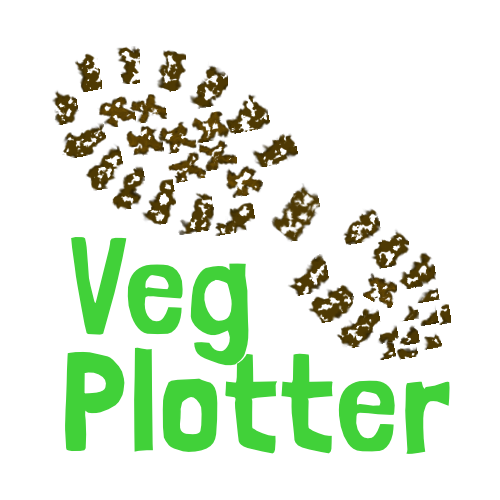Five Reasons For Going Organic

Ever dream of plucking a sun-ripened tomato, still warm from the vine, knowing it's absolutely bursting with natural goodness? Or perhaps you envision a thriving garden buzzing with bees, ladybugs/ladybirds, and butterflies, all working in harmony to bring you the freshest produce?
This isn't just a fantasy – it's the reality of organic vegetable gardening, and it’s more accessible than you might think! At VegPlotter, we believe in empowering every gardener, from novice to seasoned pro, to cultivate a healthier patch. So let’s unearth the magic of going organic.





